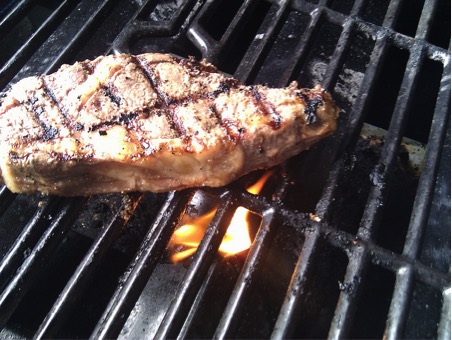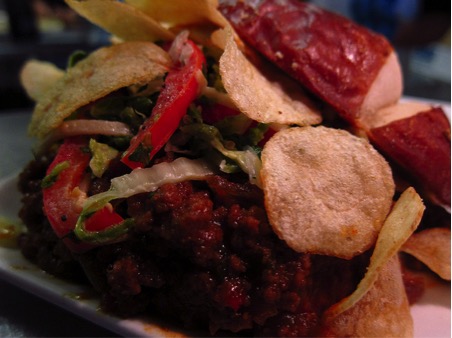Not long ago, cooking bison (often called buffalo in America — but a very different critter) was something reserved for fancy or exotic restaurants. These days, however, it is making more of a mark in the average household, as more people start to use it as an alternative to beef. There are lots of nutritional reasons for eating bison: It’s full of protein, zinc, iron and Vitamin B12, for example. But, it’s also tasty…If you use it in the right way. Let’s take a closer look at bison and how to cook it in the best possible way.
The Basics of Cooking Bison
Bison has a similar flavor to beef, but it has far less fat. There are several things you need to consider when cooking bison, which I’ll go into in a moment. But, the most important factor is how the bison is farmed. According to specialists like Northfork Bison Ranch, it’s always best to go for organic meat, and bison is no exception. They need to graze for their food on ranches or farms, and many environmentalists prefer this type of meat production. So, not only will you be eating a tasty dish, but you will also be supporting a more sustainable food industry.
The Cuts
Bison cuts are just like those you can expect with beef, but there are far fewer fats and more nutrients in them. It’s also worth pointing out that many bison cuts are recommended by the American Heart Association, which is a big deal for red meat. So, when you buy bison, it’s easy to use it as a replacement for all your favorite beef cuts, including ribs, sirloin, and brisket.
Timing
Bison meat is a lot less fatty than beef, so it needs less cooking time. On average, each cut needs a third less time to cook, which means it can be easy to overcook. It is essential to keep an eye on the time when cooking bison for the first time, or you will find it gets tough and loses a lot of moisture.
Resting
Whenever you are cooking bison, it’s important to let it rest afterward. Because there is a little fat, it needs the natural juices to stick around to give it moisture. It adds to the flavor, too … so wait a little while before cutting into your steaks.
Temperature
Again, there are fine lines to consider when cooking bison. Overheat it and your meal will lose its delicious flavor; under heat it, and it can be too rare to enjoy for most palates. By the time your bison has finished cooking, it should have an internal temperature of between 120 and 140 degrees Fahrenheit.
Cooking Ideas
Just as you can with beef, you can use bison in an enormous variety of ways. Steaks are delicious, of course, but you can also grind up some bison to create burgers and sausages. And, of course, there is nothing finer for barbecue season than a rack of buffalo ribs. Try out some recipes — and let me know how you get on!



